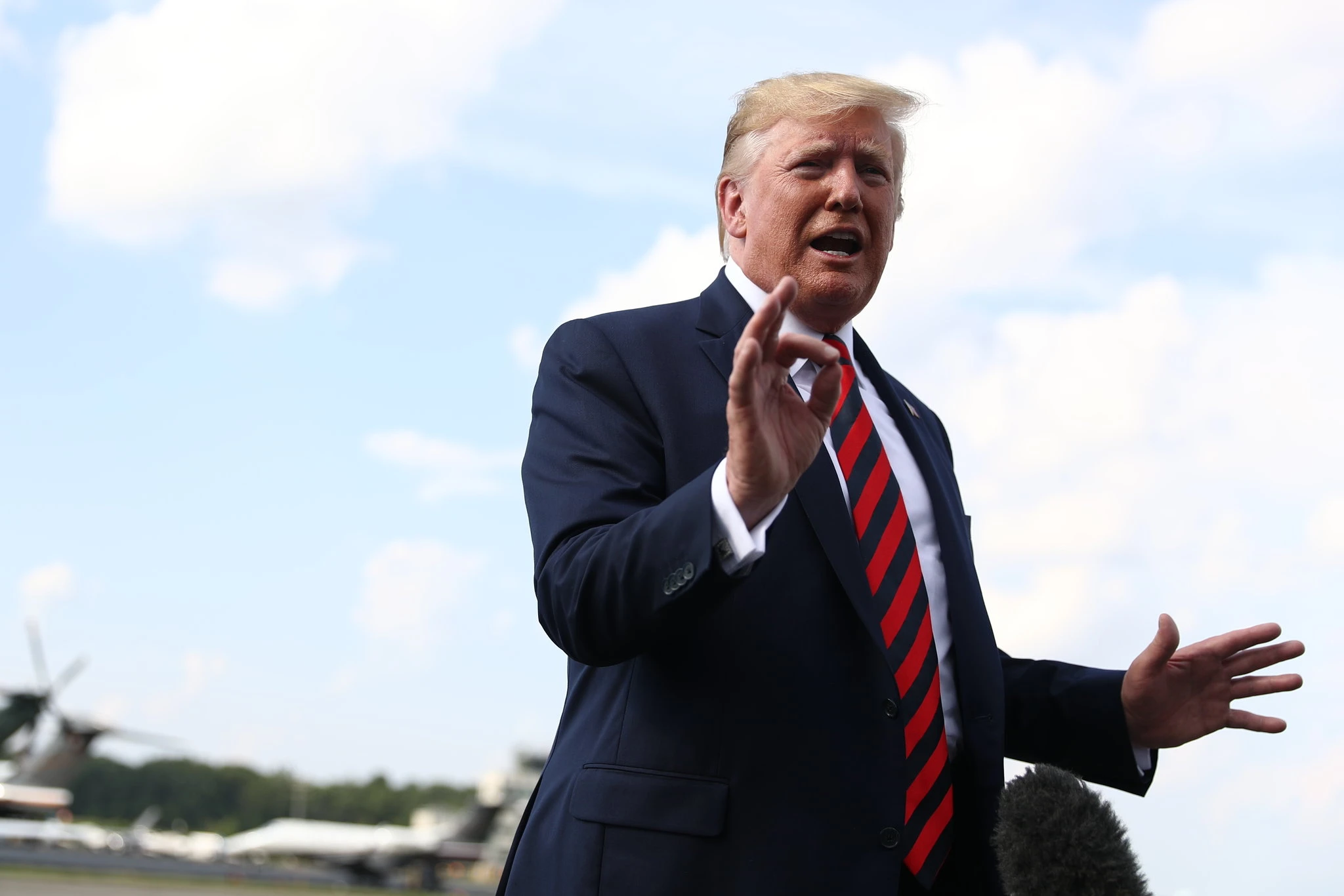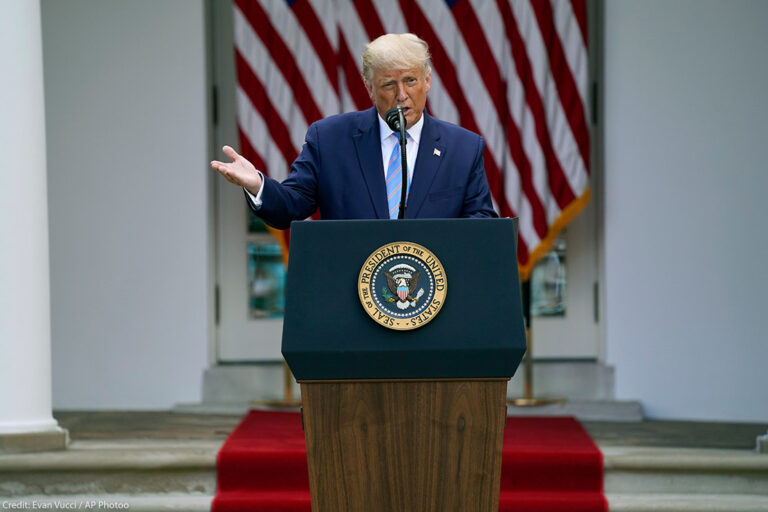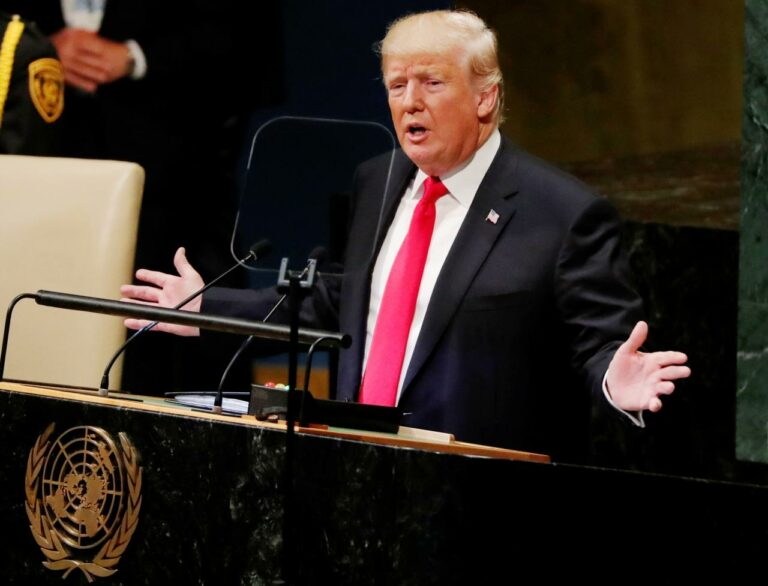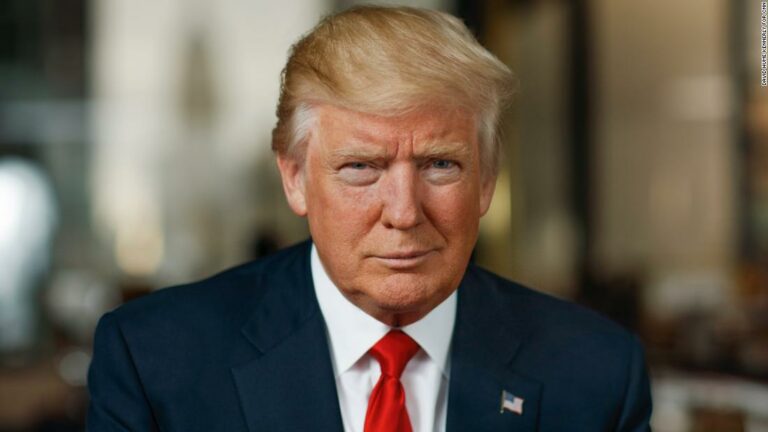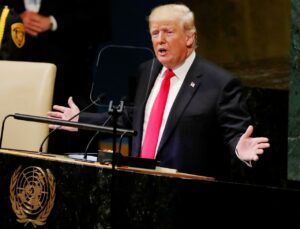Trump’s Response to National Crisis illuminates a pivotal aspect of his presidential tenure, offering a comprehensive examination of his leadership during tumultuous times. From the early days of his administration, Trump faced an array of national crises, including natural disasters, public health emergencies, and social unrest. This section explores the dynamics of his responses, dissecting the decision-making processes, policy implementations, and the subsequent outcomes. Whether addressing hurricanes, the COVID-19 pandemic, or civil unrest, Trump’s approach stirred varied reactions and raised questions about the role of leadership in times of crisis. By delving into these critical moments, we gain insights into the complexities and challenges inherent in leading a nation through adversity, shaping a nuanced understanding of Trump’s presidential legacy.
Trump’s Leadership Style in Crisis Management
Donald Trump’s leadership style was characterized by an assertive and unconventional approach, which significantly influenced his responses to national crises. This section dissects the intricacies of his leadership style during tumultuous times, unravelling the dynamics of his direct communication, policy decisions, and the resultant public perception that shaped his crisis management. Known for his unfiltered communication through social media and press briefings, Trump’s leadership during crises often diverged from traditional norms. Examining key instances, such as the government response to natural disasters or the handling of a public health emergency, provides a lens through which to understand the impact of Trump’s distinct leadership style on crisis management. The interplay between decisiveness, controversy, and public opinion offers a nuanced perspective on how leadership styles intersect with the challenges of navigating national crises.
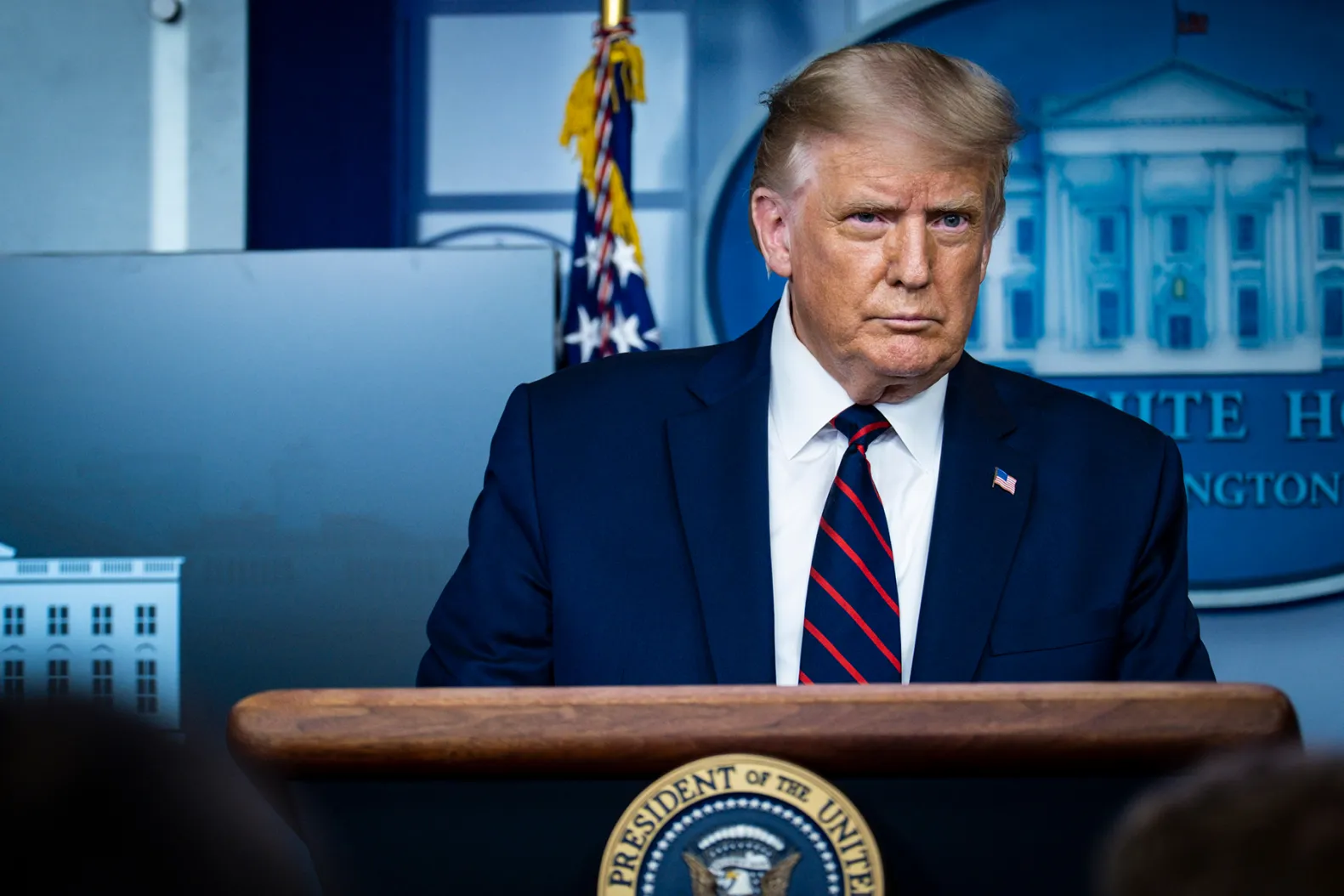
The COVID-19 Pandemic
One of the most significant crises during Trump’s presidency was the COVID-19 pandemic. This segment critically evaluates Donald Trump’s response to the unprecedented public health crisis, tracing his actions from the early stages to the implementation of policies. By scrutinizing key decisions, policy shifts, and the overall management of the pandemic, this analysis aims to provide insights into the impact of Trump’s approach on the trajectory of the virus in the United States. The examination includes aspects such as the communication of health guidelines, the mobilization of resources, and the coordination with public health agencies. Understanding the complexities of Trump’s response to the COVID-19 pandemic contributes to a broader discussion on the role of leadership in handling complex and evolving national crises.
Natural Disasters and Federal Response
Natural disasters, such as hurricanes and wildfires, tested Trump’s administration. Analyzing the federal response to these crises, this part assesses the coordination, resource allocation, and overall effectiveness of the government’s efforts in mitigating the impact on affected regions.
Racial Unrest and Social Unrest
Trump’s presidency coincided with periods of heightened racial and social tensions. This section examines his responses to incidents that sparked unrest, the use of federal forces, and the broader implications on the national discourse surrounding racial justice and equality.
Economic Challenges and Policy Responses
Economic challenges, including trade tensions and the COVID-19-induced recession, prompted policy responses from the Trump administration. Evaluating these responses, this segment assesses the effectiveness of economic policies in mitigating the impact on businesses, employment, and the overall economy.
The Impeachment Inquiry
Beyond external crises, Trump faced internal challenges, such as the impeachment inquiry. This part dissects his response to the political crisis, from the initial investigations to the impeachment trial, and considers the ramifications on the functioning of the government.
Conclusion
In conclusion, evaluating Trump’s responses to national crises provides insights into the complexities of presidential decision-making. This article navigates through the varied landscapes of public health emergencies, natural disasters, social unrest, economic challenges, and political crises, offering a comprehensive view of the dynamics at play. Analyzing these responses is crucial not only for historical understanding but also for shaping future considerations in crisis management. The lessons learned from Trump’s presidency can inform discussions on leadership, governance, and the role of the executive branch in navigating multifaceted challenges on the national stage.

